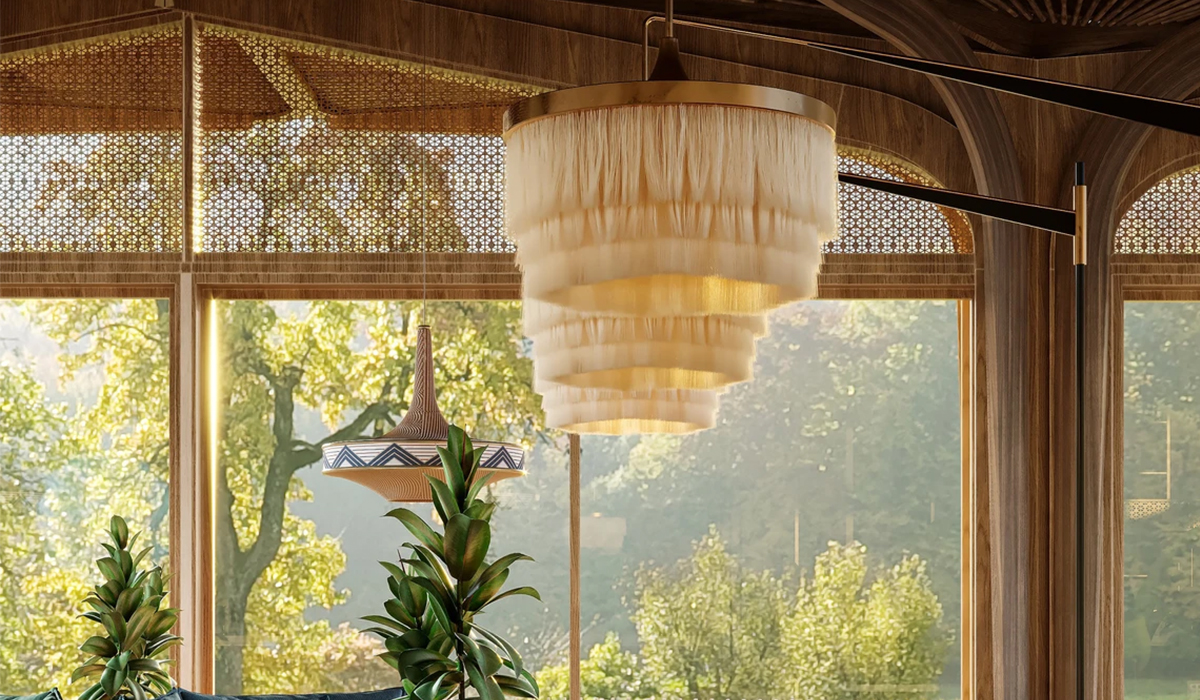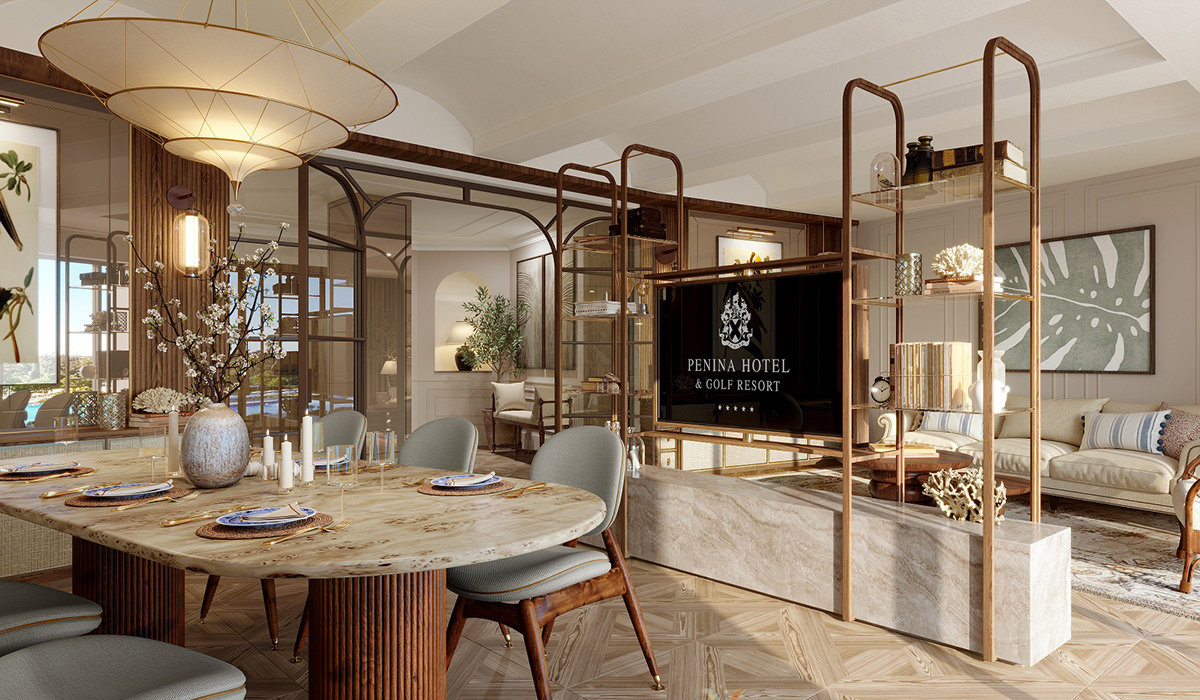
Materials are a topic that designers cannot get away from, whether it's to keep innovative or to meet the requirements of their clients. But in practice, our talented designers busy with projects may feel overwhelmed to keep the information up to date. Today, we have collected the top five recommended materials for interior designers and architects. Let's check it out!
1. The water rippled stainless steel
As the name may suggest, the surface texture of the "water ripple plate" is similar to waves. This type of material is not new at all, but in the past two years, it has once again become a trend. It can be seen in many projects, especially in some hotels, restaurants and other commercial spaces.
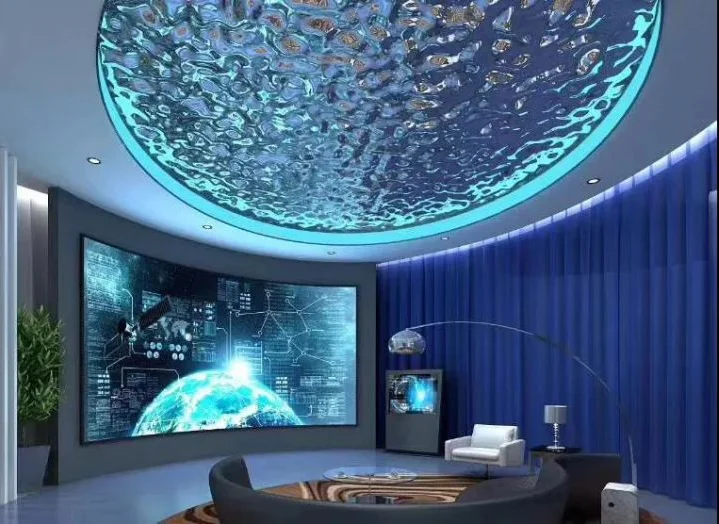
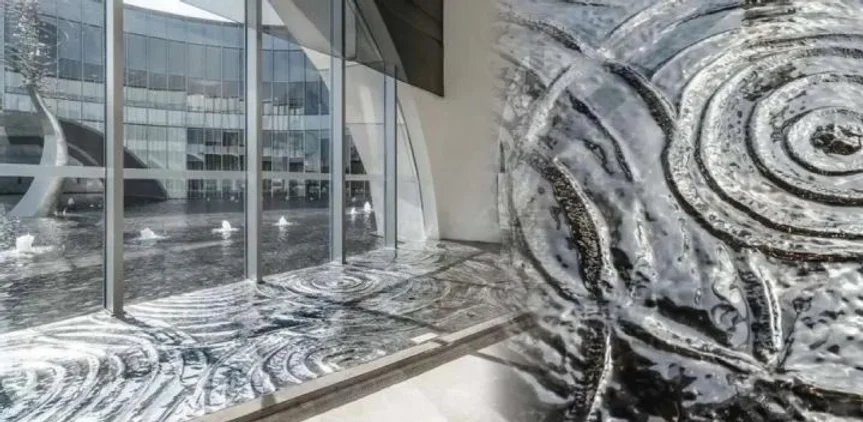
With water ripples on the surface of stainless steel, it can both show strength and gentleness at the same time. Its uneven surface creates an unparalleled three-dimensional feeling, giving a wonderful visual effect. What's more interesting is that the curved surface reflects light more delicately and gently than a mirror reflection.
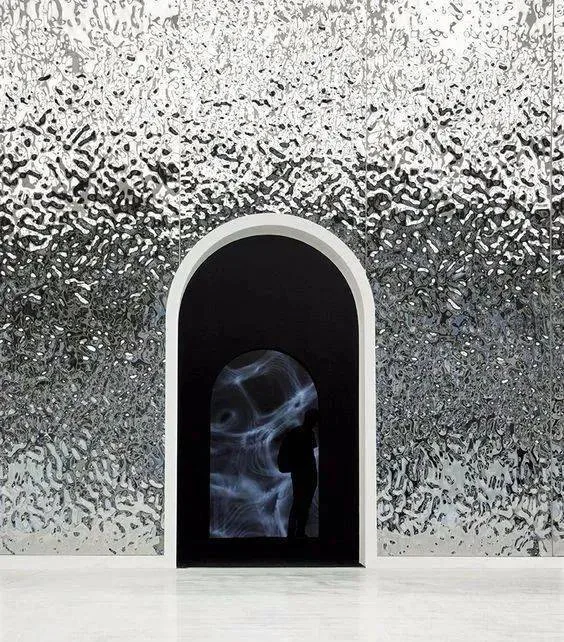
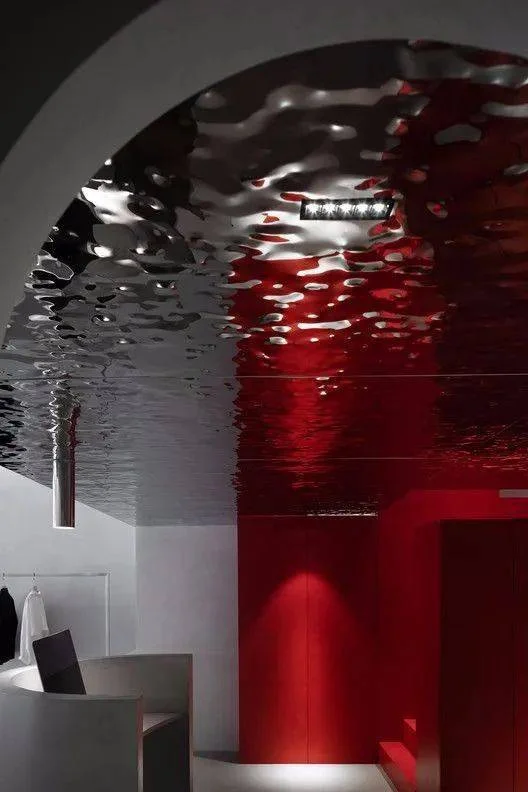
This type of material is increasingly being used in high-end residential and luxury properties.
If you don't want to use stone as a wall or ceiling design and want to be a bit more innovative, this material can be taken into consideration.
2. PU Faux stone
Material contrast has been the pursuit of many designers. In the past two years, bumpy stone finishes appear in many classic cases. But most people still maintain a respectable distance away from it, after all, problems such as cost, transportation and construction, are hard to be solved. However, the emergence of PU Faux stone seems to be a perfect solution to those problems.
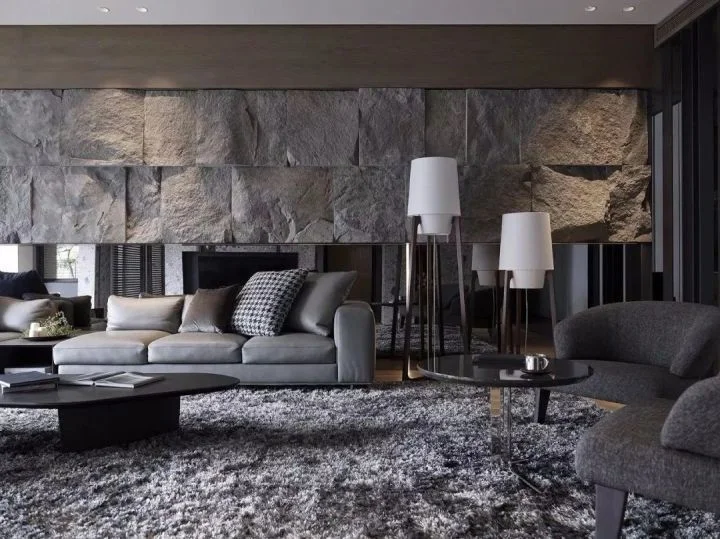
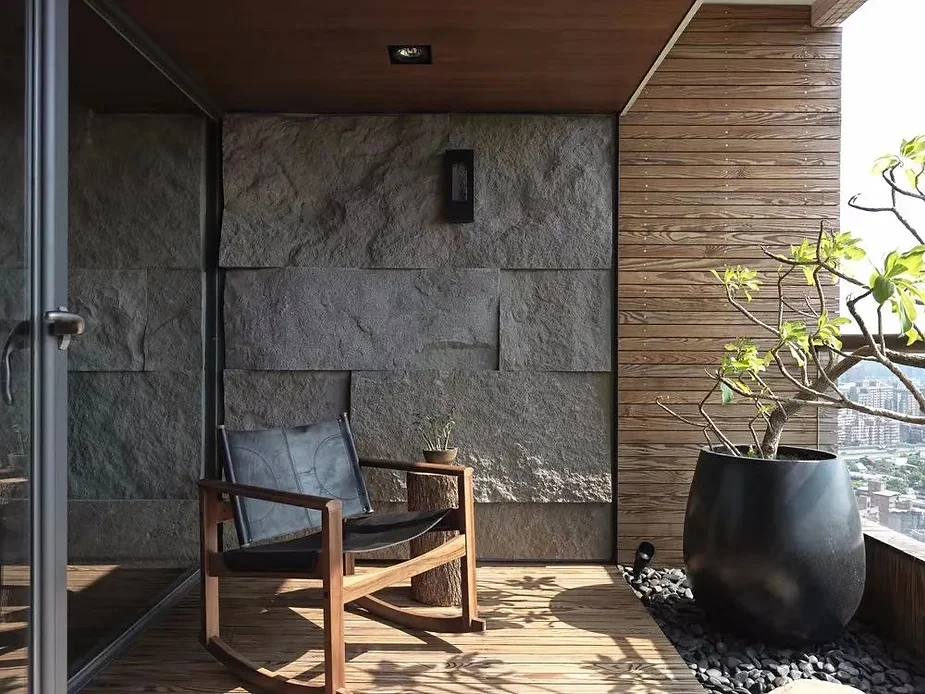
The raw material is first pressed through and colored in the mold. The mold is finely polished according to the real stone. After a special process, its appearance is vivid and delicate, just like a real stone.
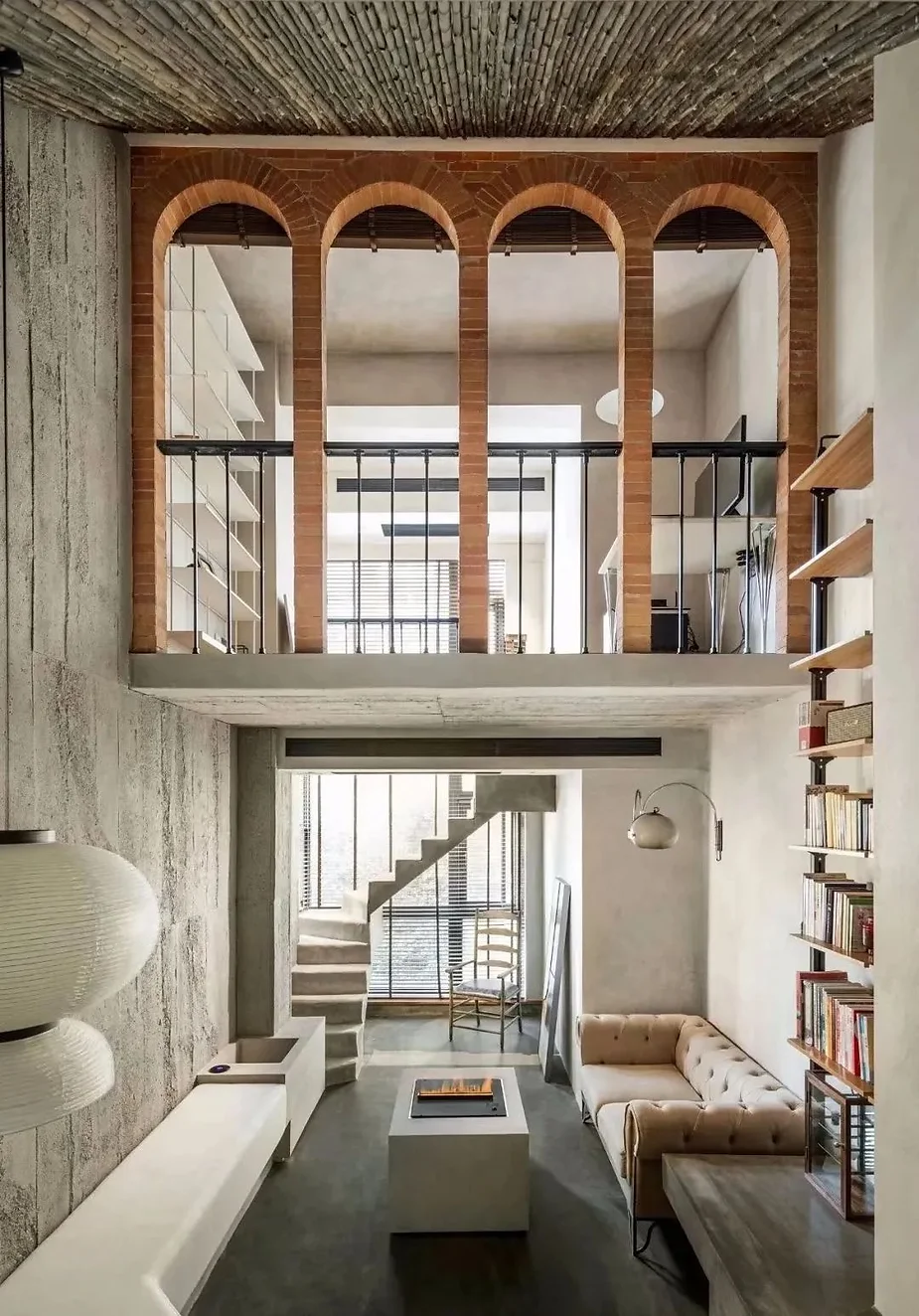
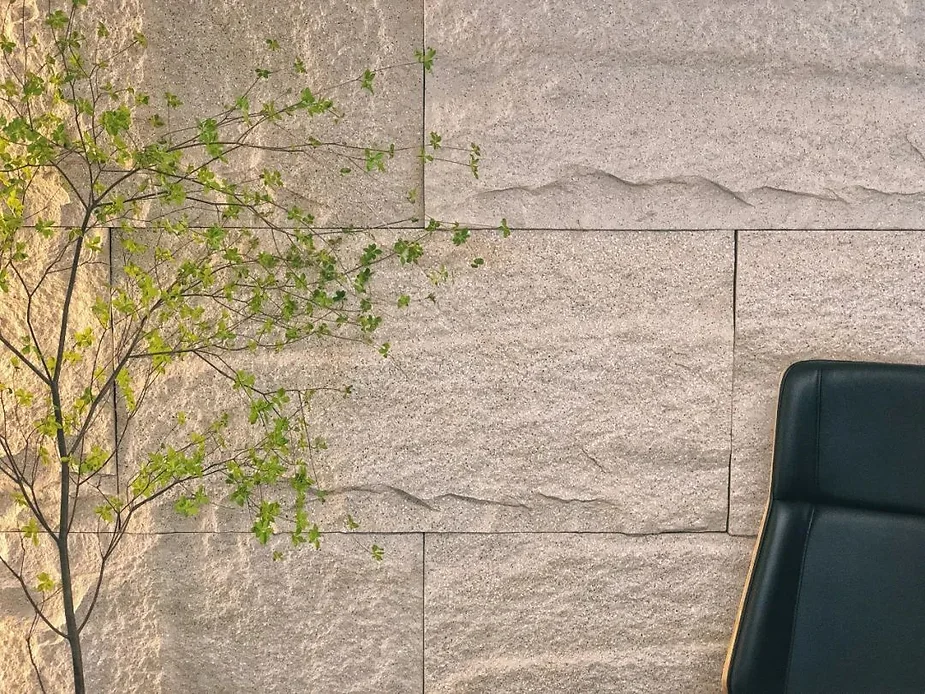
PU Faux stone is pollution-free, long-lasting and more cost-effective than real stone. Used in interior design, it also responds to a return to nature in recent years.
3. Rammed earth panel
As a strong and sturdy building material, rammed earth panels are made from soil, a readily available, low-cost and sustainable resource, which is pressed and mixed with clay. With durable, lightweight, flexible, and water-proof traits, It has been finding a place in the market in recent years.
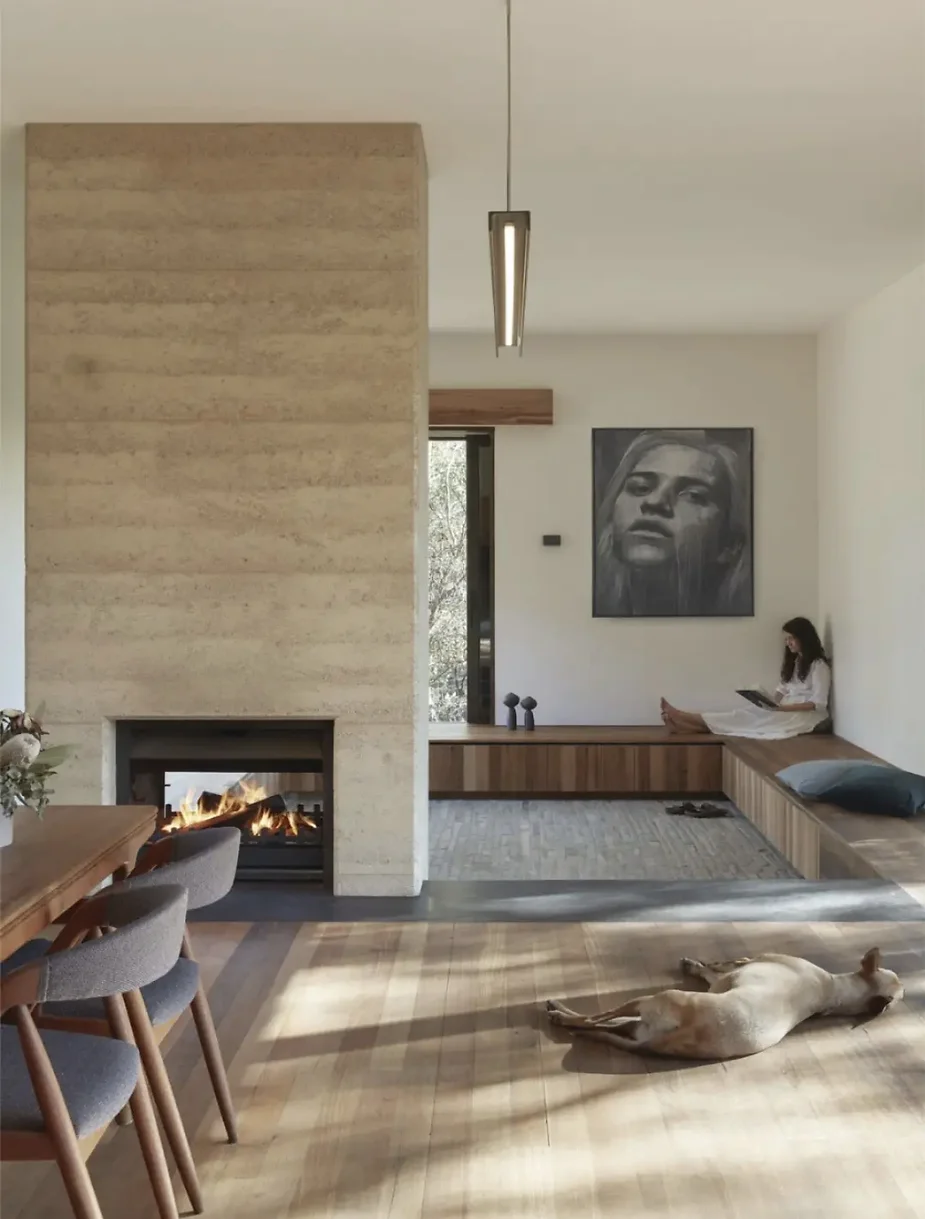
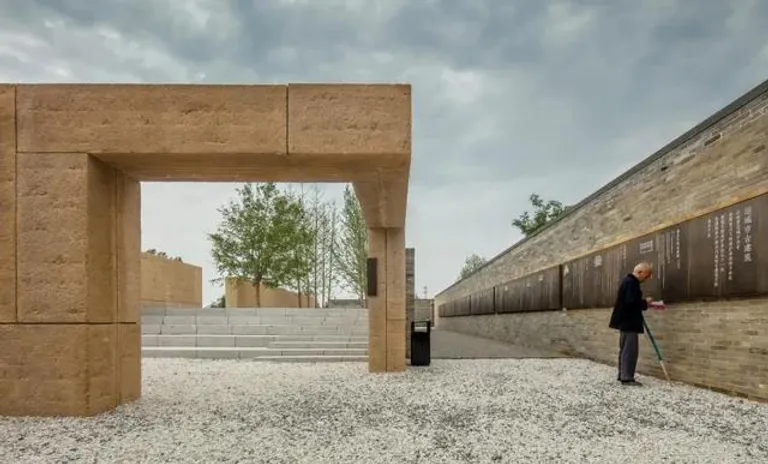
Despite the simplistic characteristics that rammed earth panels and micro-cement both share. Rammed earth panels offer a more organic and warmer feeling. Today it can be found in all kinds of commercial spaces.
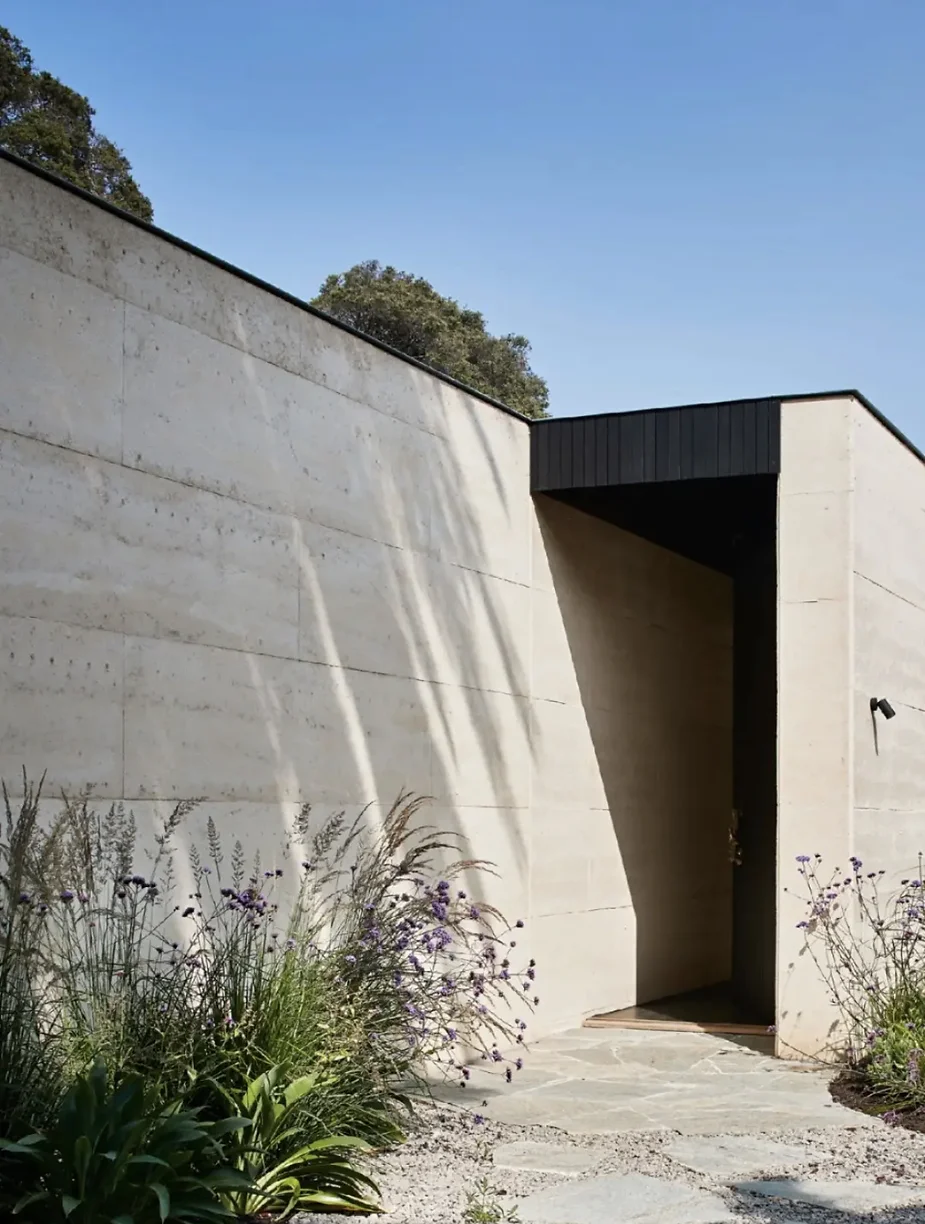
Made from natural materials, it is warm in the winter and cool in the summer, and the cost is not too high. Therefore it has become one of the best cost-effective materials of its kind.
4. Light Transmitting Concrete
When we talk about concrete, dull grey walls may easily come into people's minds. Well, this material is about to change your image of concrete. Made from a combination of a large number of optical fibers and delicate concrete, it can be as light-transmitting as glass but has the strength of traditional cement.
As a new building material, light-transmitting concrete has become an instant sensation and a popular construction material. Calling it the dark horse of the construction material world would not be an overstatement!
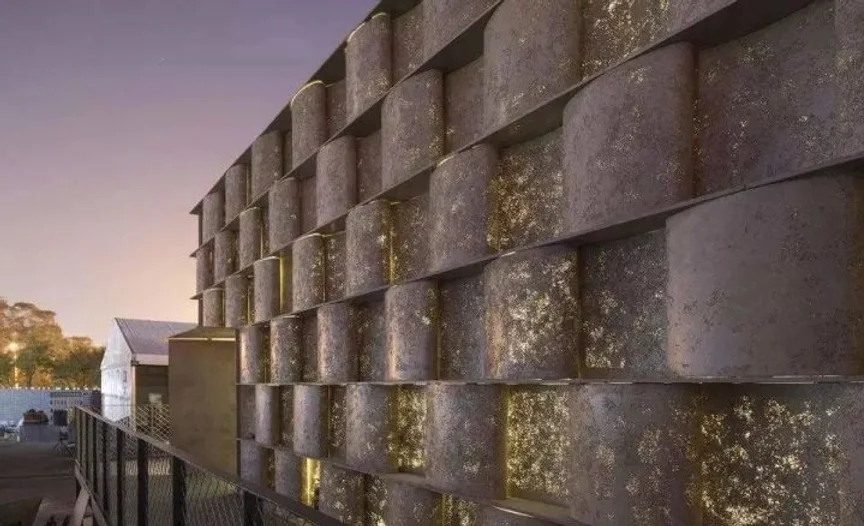
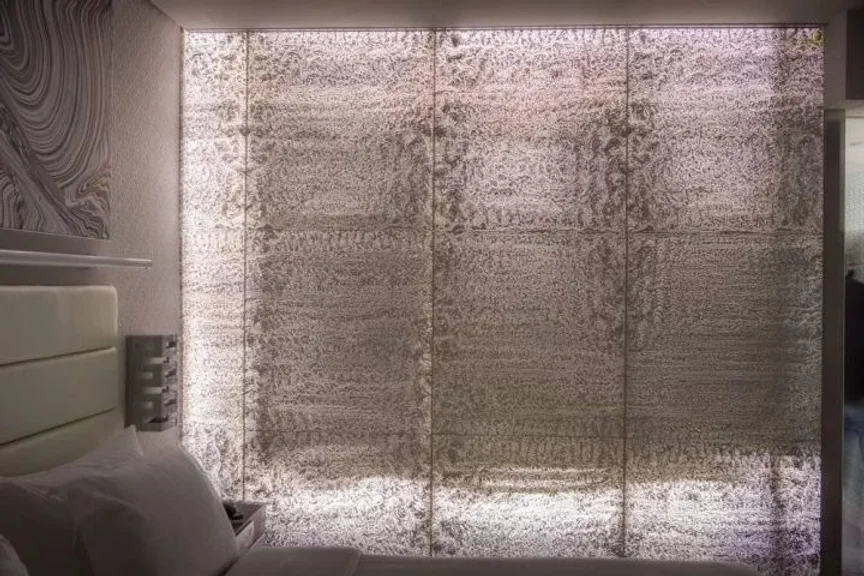
It can be used in interior design for partition walls, bars, staircases and so on. While externally, it can be used on architectural structures such as the facades of high-end hotels and museums and galleries.
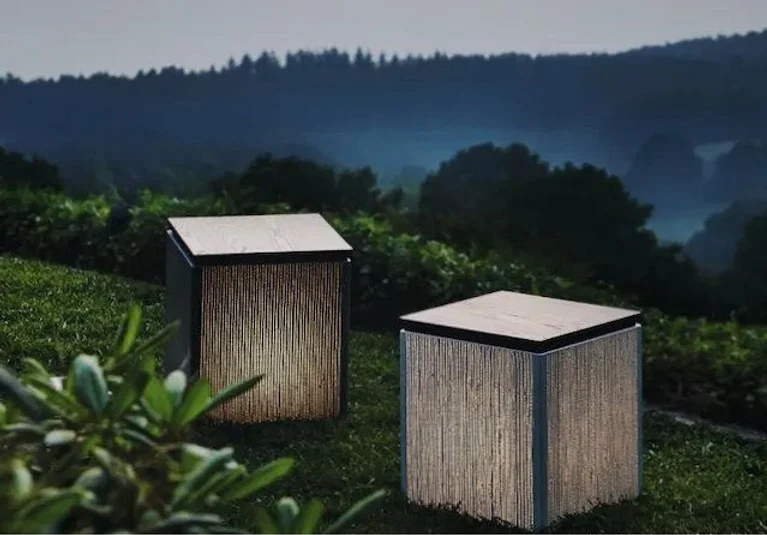
It can also give a different artistic and aesthetic vibe. No wonder it's a highly recommended material for architects and interior designers.
5. Glass block
Glass blocks are an evergreen group of building materials that have been in use for a very long time. Having many different colors, this kind of material can be used in different scenarios. Although they are thick enough to serve as walls, glass blocks are light-permeable. They permit natural light to go straight into the room, adding illumination to the space.
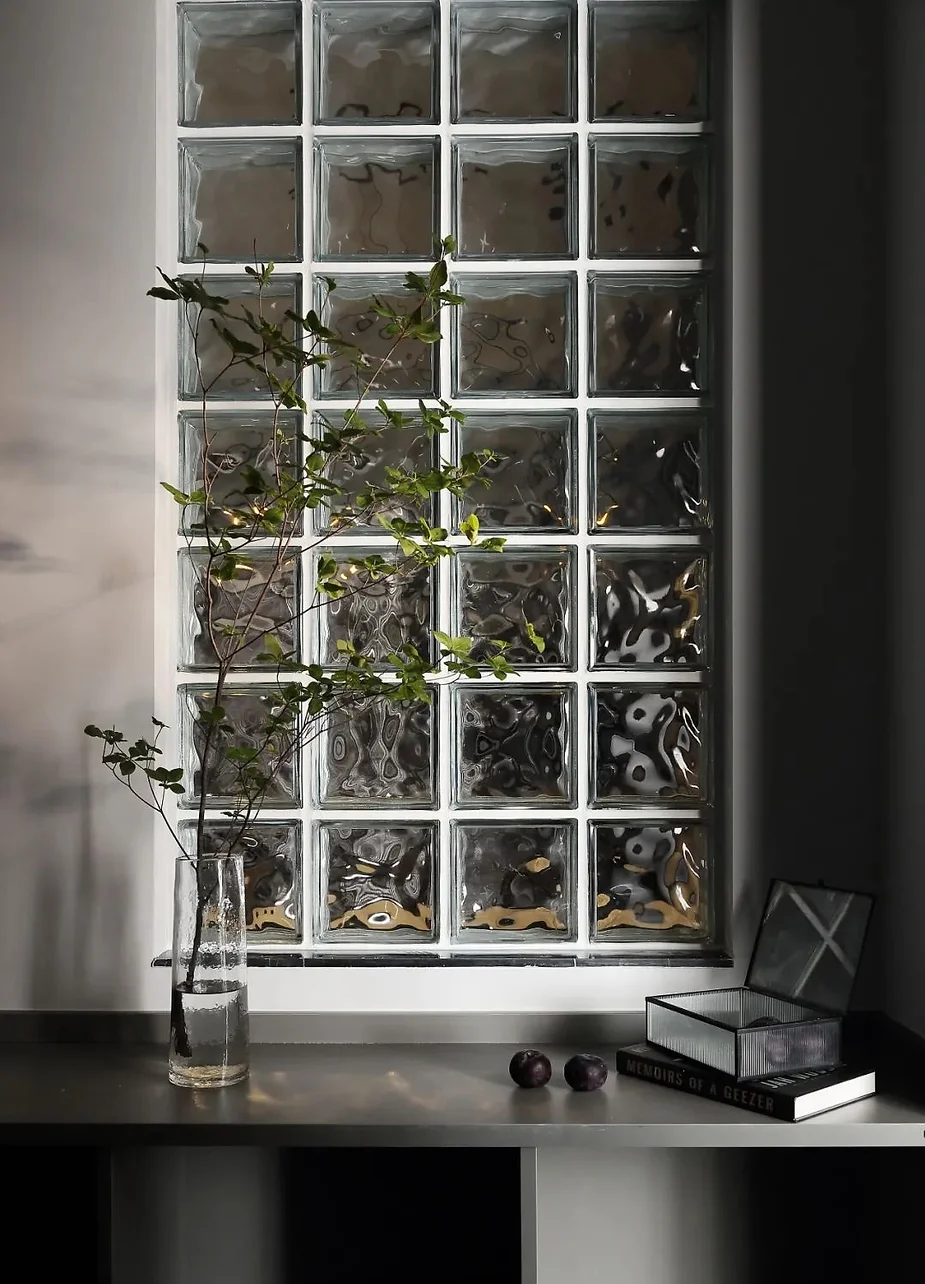
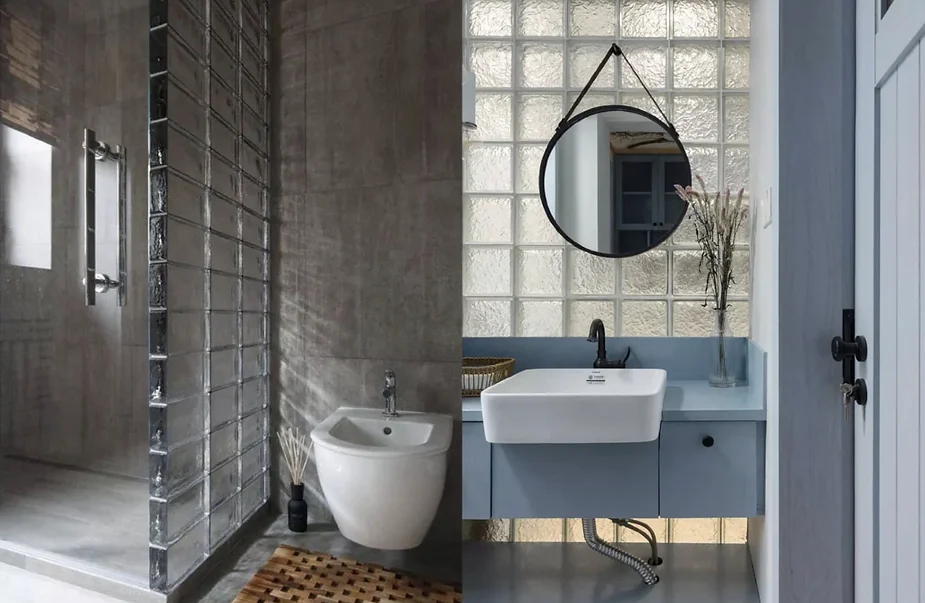
Glass blocks are often used as wall partitions and screens in spatial design. Its translucent effect ensures a certain degree of privacy. It can also be used to decorate and divide space and has a sparkling visual effect.
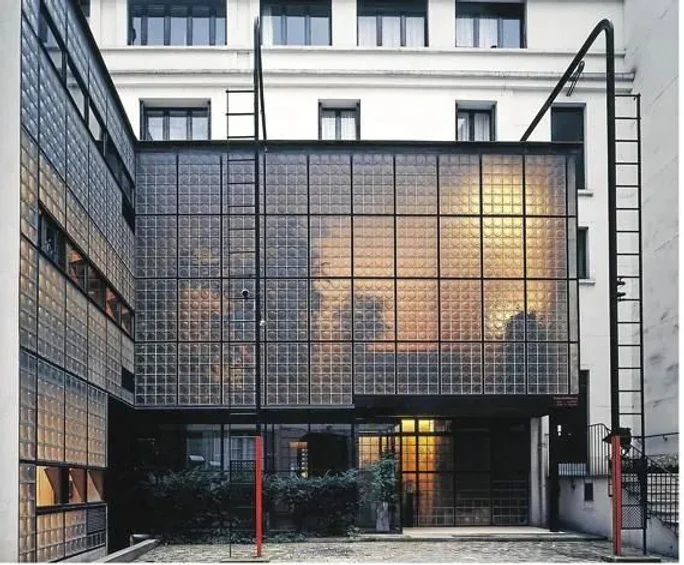
Glass blocks are, in fact, a very good material. Apart from separating spaces, it also allows the outdoor light to penetrate. Who would say no to a material that serves as a wall and meanwhile allows light in?
There is, of course, a wide range of special new building materials that are not covered in this article. As an architectural visualization company, despite seeking to provide high-quality visualization services, which is our main business, of course, Videa Vision is also considering what else we can do to ease some burden on our clients.
What are the topics you would like to learn more about recently? Leave a comment and let us know.
